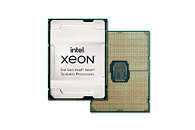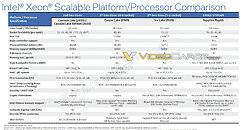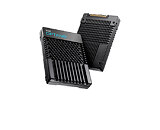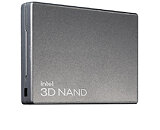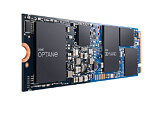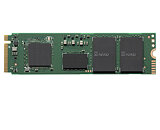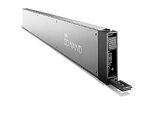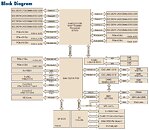AWS Graviton3 CPU with 64 Cores and DDR5 Memory Available with Three Sockets Per Motherboard
Amazon's AWS division has been making Graviton processors for a few years now, and the company recently announced its Graviton3 design will soon to available in the cloud. Today, we are witnessing a full launch of the Graviton3 CPUs with the first instances available in the AWS Cloud. In theC7g instances, AWS customers can now scale their workloads across 1-64 vCPU instance variants. Graviton3's 64 cores run at 2.6 GHz clock speed, 300 GB/sec maximum memory bandwidth, DDR5 memory controller, 64 cores, seven silicon die chiplet-based design, 256-bit SVE (Scalable Vector Extension), all across 55 billion transistors. Paired with up to 128 GiB of DDR5 memory, these processors are compute-intensive solutions. AWS noted that the company used a monolithic computing and memory controller logic design to reduce latency and improve performance.
One interesting thing to note is the motherboard that AWS hosts Graviton3 processors in. Usually, server motherboards can be single, dual, or quad-socket solutions. However, AWS decided to implement a unique solution with three sockets. This tri-socket setup is designed to see each CPU as an independent processor, managed by a Nitro Card, which can handle exactly three CPUs. The company notes that the CPU is now in general availability with C7g instances and you can see it below.
One interesting thing to note is the motherboard that AWS hosts Graviton3 processors in. Usually, server motherboards can be single, dual, or quad-socket solutions. However, AWS decided to implement a unique solution with three sockets. This tri-socket setup is designed to see each CPU as an independent processor, managed by a Nitro Card, which can handle exactly three CPUs. The company notes that the CPU is now in general availability with C7g instances and you can see it below.

























